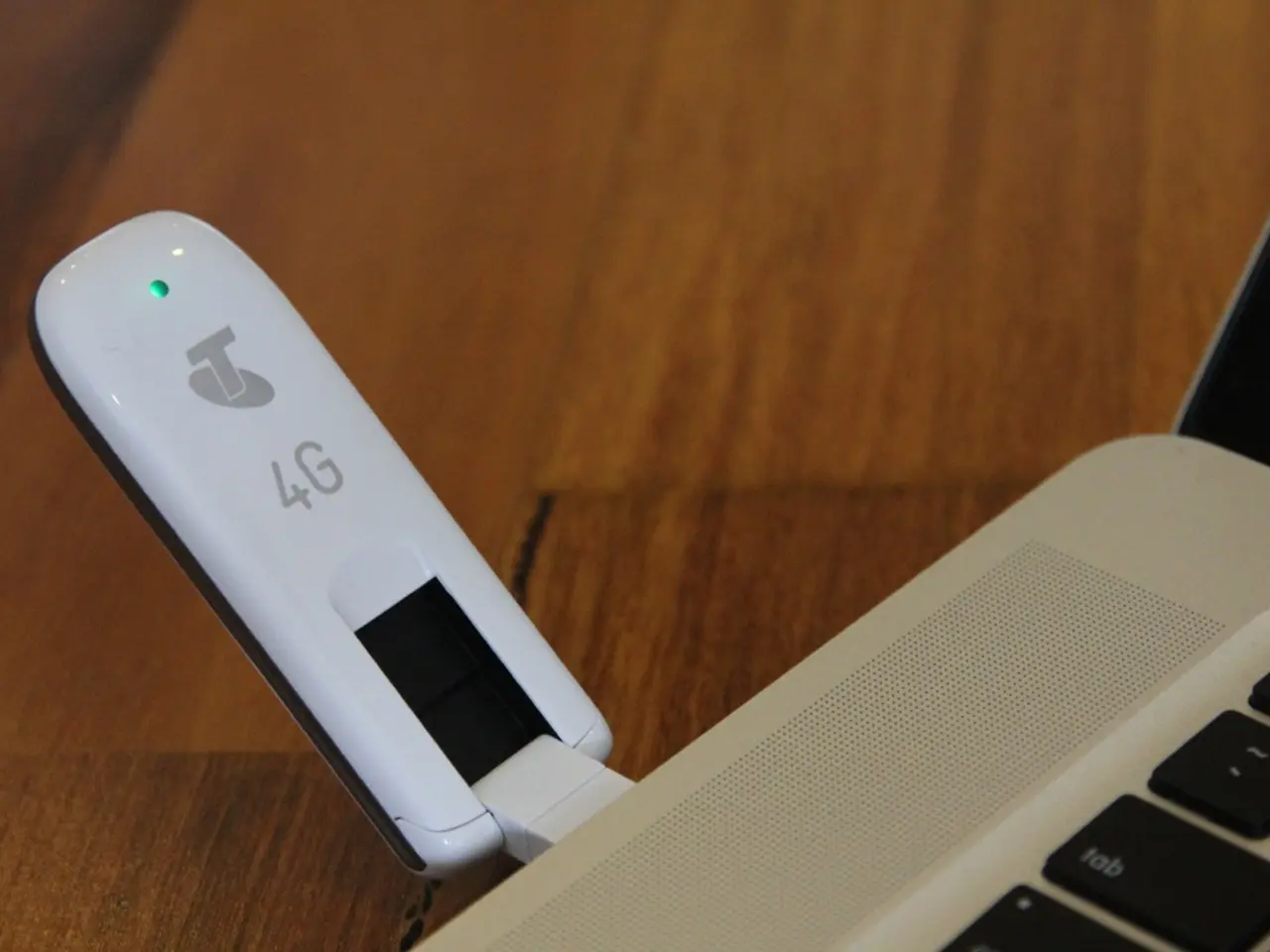Before Agreement: Check for Shadowban Risk First
In the dynamic world of influencer marketing, one issue that has been causing concern for brands and agencies is shadowbanning on popular platforms like TikTok and Instagram. This article will explore the signs, causes, and ways to mitigate shadowbanning, as well as provide insights on key performance indicators and data transparency.
Shadowbanning, a term used to describe the practice of limiting a user's visibility without notifying them, can lead to sudden view plateaus, unexplained drops in engagement, and disappearing hashtag reach. On TikTok and Instagram, this can manifest as videos no longer showing up prominently on the For You page, reduced engagement, and limited appearance in hashtag feeds [1][2][3].
Common signs of shadowbanning on TikTok and Instagram include a sudden and sustained drop in post views, likes, and comments; a significant reduction in the reach of content to non-followers; posts not appearing in hashtag searches; and diminished visibility on Explore or For You pages [1][2][3].
To mitigate shadowbanning, brands and agencies should regularly review and adhere to platform community guidelines, avoiding content that is explicit, suggestive, hateful, violent, or misleading [1][3]. They should also avoid using banned or overused hashtags, and refrain from spam-like behaviors including excessive posting or duplicating content [1][3].
In addition, using content warning labels for sensitive topics and avoiding controversial subjects, especially for new accounts or influencers early in their partnership period, can help prevent shadowbanning [1]. Employing manual and automated monitoring of influencer accounts and campaign posts to detect sudden drops in engagement or visibility, enabling timely interventions, is also crucial [2][3].
Educating influencer partners about platform rules and the risks of engaging in behaviors that trigger shadowbans is another important step [4]. Regularly running shadowban tests, such as checking posts’ visibility in hashtag searches from different accounts and devices and analyzing audience reach metrics, can help detect and mitigate shadowbanning effects [2].
By proactively monitoring analytics, testing content reach externally, and ensuring influencer compliance with platform guidelines, brands can detect and mitigate shadowbanning, preserving campaign engagement and organic growth [1][2][3].
In terms of key performance indicators, focus on reach, engagement depth, conversion, and sentiment as your core influencer KPIs. Incorporate a Suppression Differential Analysis that contextualizes performance dips against external and creative variables to prevent false positives [5]. Establish transparent data-sharing protocols, such as Health Disclosure Addenda and live performance dashboards, that empower dynamic campaign optimizations and prevent budget misallocations [6].
For marketers, this disrupts every assumption around CPM, CPE, and ROI modeling, especially when compensation is based on content delivery rather than performance guarantees [7]. Creators who proactively annotate their analytics with notes demonstrate mastery over their own performance levers and make superior strategic partners [8].
To embed transparency into your influencer vetting workflow, formalize a Health Disclosure Addendum in your contracts. To audit for potential issues pre-signature, marketers should request recent platform diagnostics from creators using TikTok Studio's "Account Check" feature or Instagram's "Account Status" in the Settings panel [9].
Introduce a Data Continuity Framework where creators sync weekly performance snapshots into a shared Google Data Studio dashboard. Creators who openly share account health data demonstrate process maturity and reduce blind spots for campaign managers [10].
In conclusion, understanding and addressing shadowbanning is crucial for the success of influencer marketing campaigns. By adopting the strategies outlined in this article, brands and agencies can ensure transparency, maintain campaign engagement, and make informed decisions about their influencer partnerships.
References: [1] https://buffer.com/library/tiktok-shadowban [2] https://buffer.com/library/instagram-shadowban [3] https://www.socialinsider.io/blog/what-is-shadowbanning-on-tiktok-and-instagram/ [4] https://www.forbes.com/sites/forbesagencycouncil/2020/09/16/how-to-avoid-shadowbanning-on-tiktok-and-instagram/?sh=6e44910b545b [5] https://www.socialmediaexaminer.com/influencer-marketing-kpis/ [6] https://www.socialmediaexaminer.com/how-to-measure-influencer-marketing-performance/ [7] https://www.forbes.com/sites/forbesagencycouncil/2021/02/18/how-to-navigate-the-complex-world-of-influencer-marketing/?sh=4e09a14534a2 [8] https://www.forbes.com/sites/forbesagencycouncil/2021/03/02/how-to-find-the-right-influencer-for-your-brand/?sh=35d0f024264f [9] https://www.socialinsider.io/blog/how-to-check-if-youre-shadowbanned-on-tiktok/ [10] https://www.socialinsider.io/blog/how-to-check-if-youre-shadowbanned-on-instagram/
Technology plays a significant role in social-media platforms like TikTok and Instagram, providing users with entertainment and opportunities for influencer marketing. However, issues such as shadowbanning can affect visibility and engagement, making it difficult for brands and agencies to reach their target audience [1][2][3].
To enhance performance indicators, marketers should focus on reach, engagement depth, conversion, and sentiment as key performance indicators for influencer campaigns and employ data transparency practices to prevent budget misallocations [5][6]. For instance, introducing a Data Continuity Framework and Health Disclosure Addenda can ensure transparency and process maturity in influencer vetting workflows [10].




